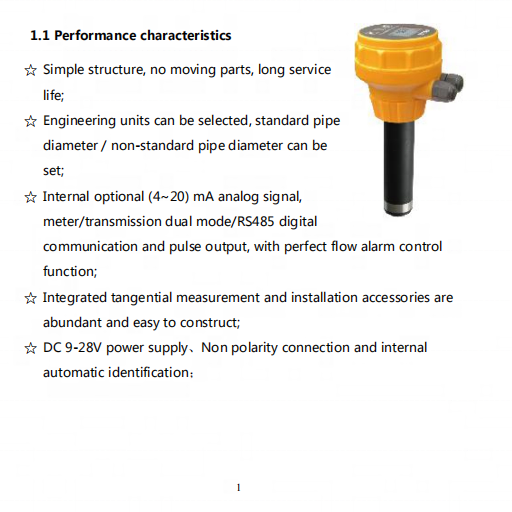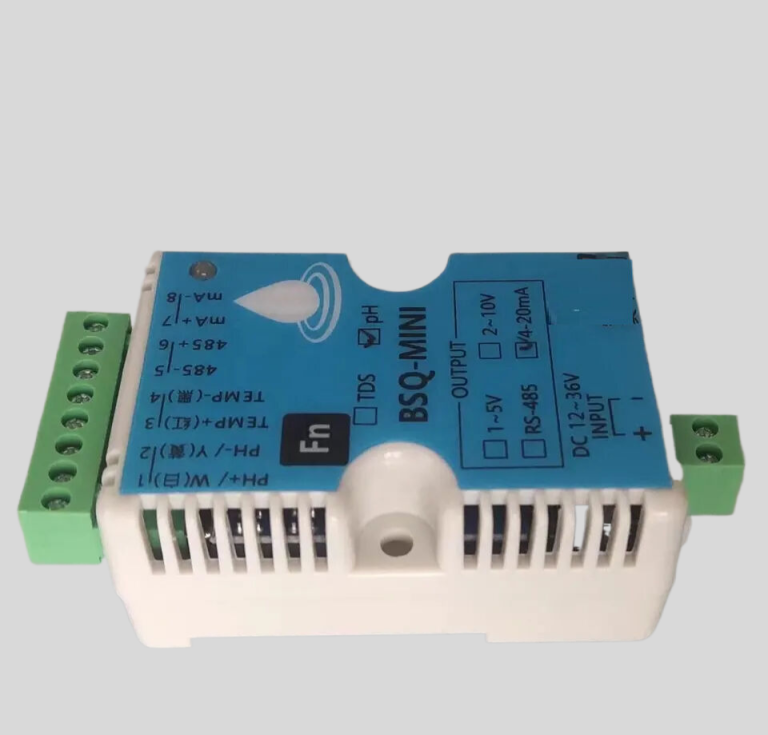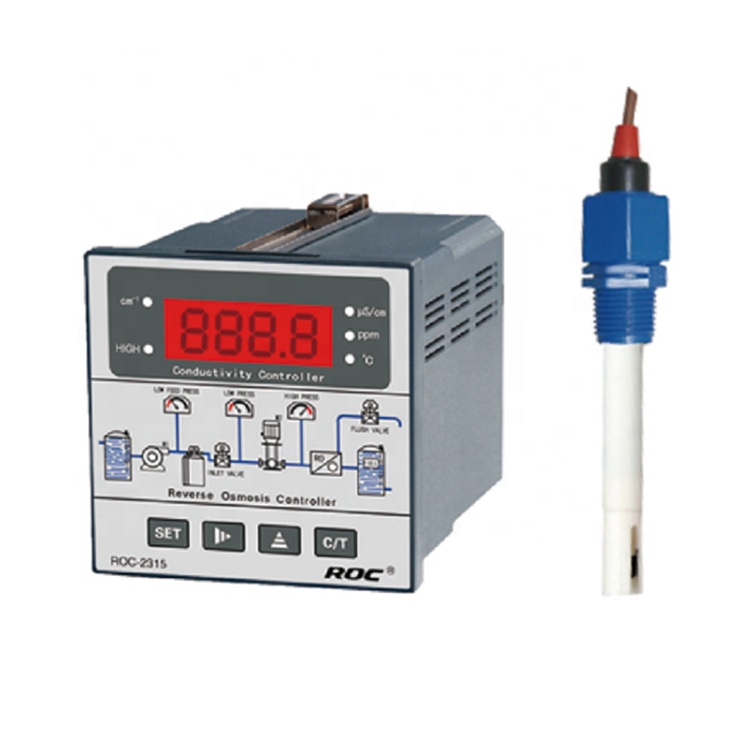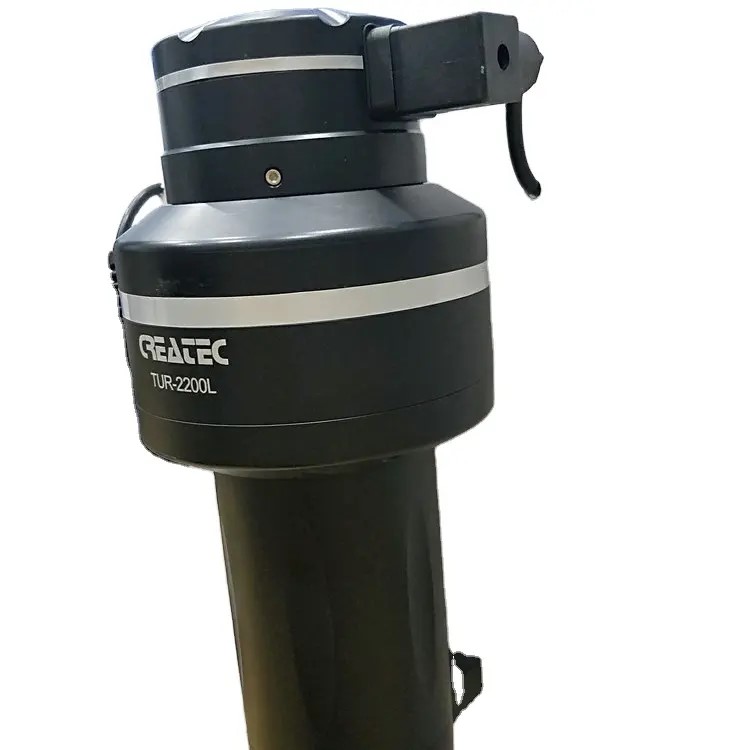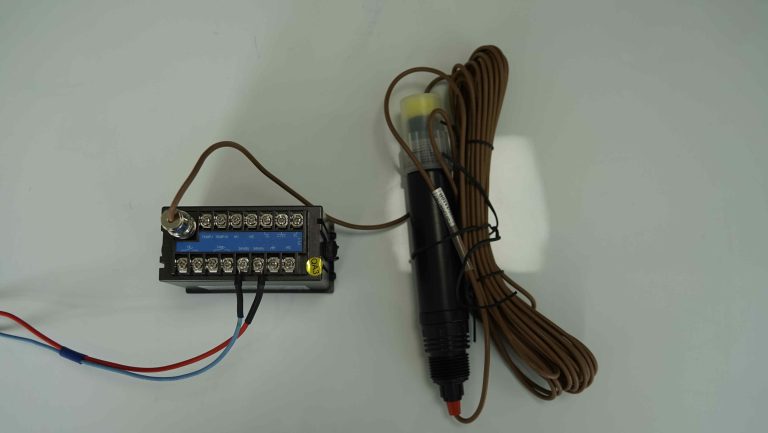Benefits of Using a Standalone turbidity sensor for Water Quality Monitoring
Water quality monitoring is essential for ensuring the safety and health of our water sources. One key parameter that is often measured in water quality monitoring is turbidity, which is a measure of the cloudiness or haziness of a fluid caused by suspended particles. Turbidity can be an indicator of water quality, as high levels of turbidity can indicate the presence of pollutants or contaminants in the water.
Traditionally, turbidity measurements were taken using large, expensive instruments that required regular calibration and maintenance. However, with advancements in technology, standalone turbidity sensors have become increasingly popular for water quality monitoring. These sensors offer a number of benefits that make them a valuable tool for monitoring turbidity in water sources.
One of the main benefits of using a standalone turbidity sensor is its ease of use. These sensors are typically compact and easy to install, making them ideal for both temporary and permanent monitoring applications. Additionally, standalone turbidity sensors are often designed to be self-cleaning, reducing the need for frequent maintenance and calibration. This makes them a cost-effective and efficient option for monitoring turbidity in water sources.
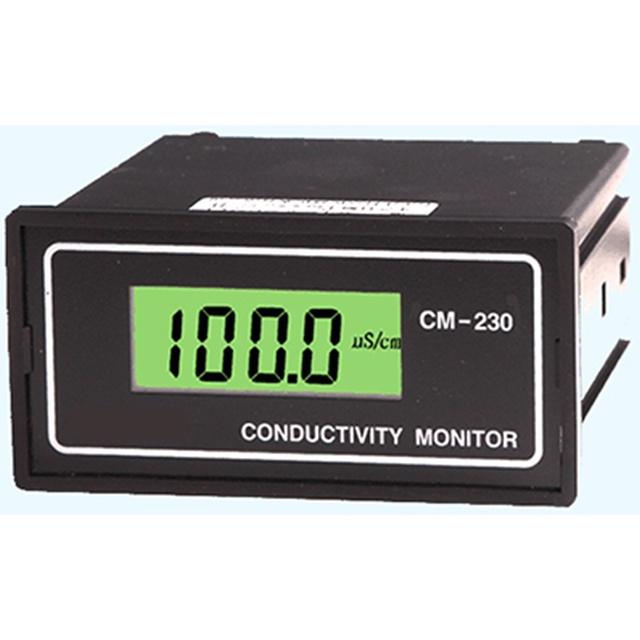
Another benefit of using a standalone turbidity sensor is its accuracy. These sensors are designed to provide precise and reliable measurements of turbidity, allowing for accurate monitoring of water quality. This is essential for ensuring that water sources meet regulatory standards and are safe for consumption. By using a standalone turbidity sensor, water quality professionals can have confidence in the accuracy of their measurements and make informed decisions about water treatment and management.
In addition to ease of use and accuracy, standalone turbidity sensors also offer real-time monitoring capabilities. These sensors can provide continuous measurements of turbidity, allowing for immediate detection of changes in water quality. This real-time monitoring capability is crucial for identifying and responding to potential water quality issues quickly and effectively. By using a standalone turbidity sensor, water quality professionals can stay ahead of potential problems and take proactive measures to protect water sources.
Furthermore, standalone turbidity sensors are often equipped with data logging and communication capabilities, allowing for easy data storage and transfer. This makes it simple to track and analyze turbidity measurements over time, providing valuable insights into water quality trends and patterns. By using a standalone turbidity sensor, water quality professionals can easily access and share data, facilitating collaboration and decision-making.
Overall, standalone turbidity sensors offer a number of benefits for water quality monitoring. From ease of use and accuracy to real-time monitoring capabilities and data logging, these sensors provide a valuable tool for ensuring the safety and health of our water sources. By incorporating standalone turbidity sensors into water quality monitoring programs, water quality professionals can improve their ability to monitor and protect water sources for future generations.
| Model | pH/ORP-8500A pH/ORP Online Meter |
| Range | pH:0.00~14.00 ; ORP:(-1999~+1999)mV; Temp.:(0.0~100.0)\u00b0C (Temp.Compensation: NTC10K) |
| Resolution | pH:0.01 ; ORP: 1mV; Temp.:0.1\u00b0C |
| Accuracy | pH:+/-0.1 ; ORP: +/-5mV(electronic unit); Temp.: +/-0.5\u00b0C |
| Temp. compensation | NTC10K Temperature compensation |
| Medium Temp. | (0~80)\u00b0C |
| Analog output | Double channels isolated; transportable(4~20)mA, instruments/ transmitter mode |
| Control Output | Triple channels semiconductor photoelectric switch, load current: AC/DC 30V, 50mA(max) |
| Communication port | RS485,Modbus RTU protocol |
| Working Environment | Temp.(0~80)\u2103; relative humidity <95%RH (non-condensing) |
| Storage Environment | Temp.(-20~60)\u2103;Relative Humidity \u226485%RH (none condensation) |
| Power Supply | DC 24V |
| Power consumption | <3W |
| Protection level | IP65 (with back cover) |
| Dimension | 96mmx96mmx94mm(HxWxD) |
| Hole Size | 91mmx91mm(HxW) |

